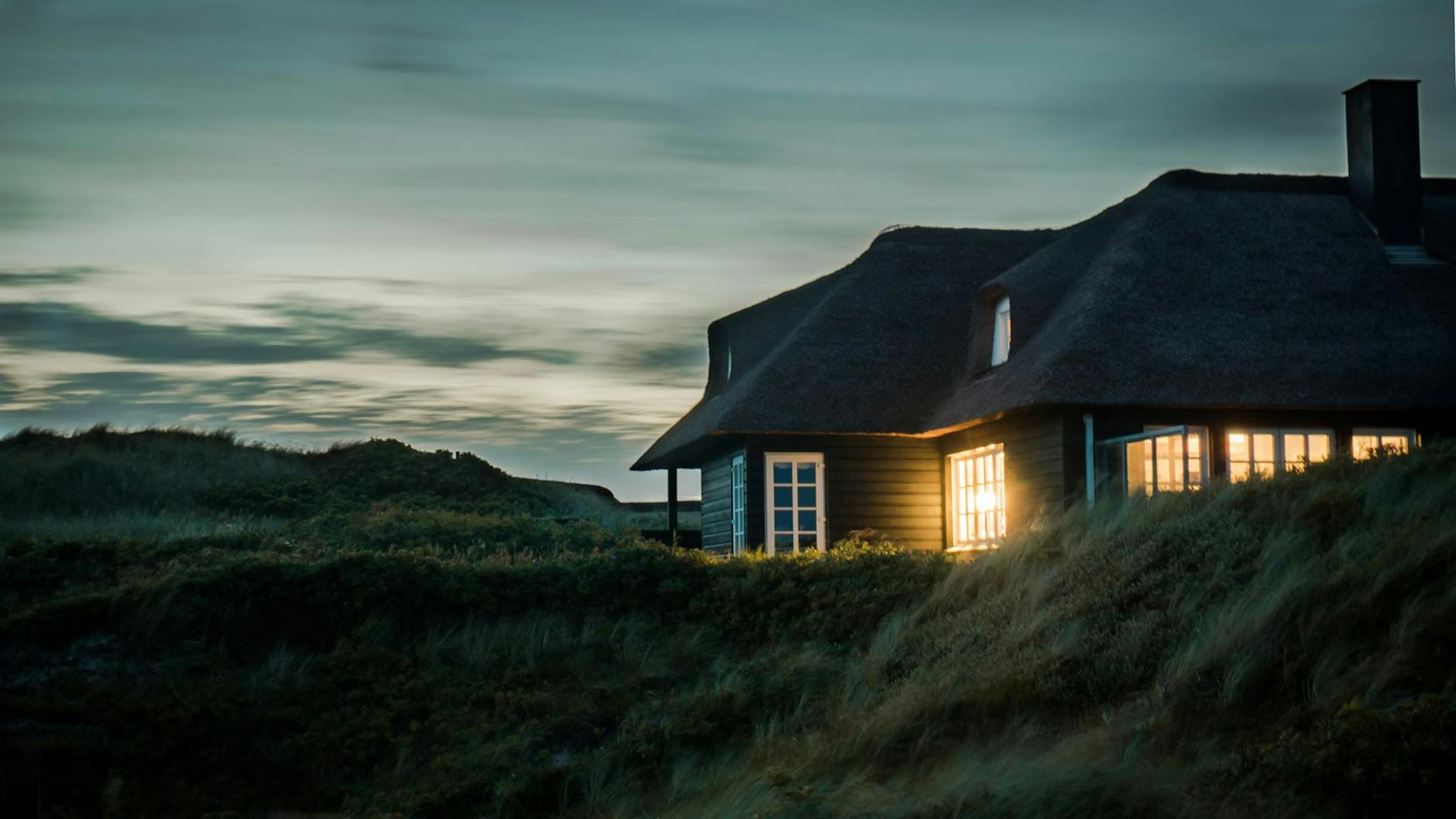Building orientation enhances energy efficiency in home construction. As power costs continue to rise and environmental concerns grow, creating energy-efficient homes has become a priority for many. Properly orienting a building can significantly reduce the need for artificial heating, cooling and lighting, lowering bills and minimizing carbon footprint.
Homeowners can optimize their homes’ performance and comfort by considering sun exposure, local climate and natural landscape. Understanding and implementing practical building orientation is essential to achieving a sustainable and energy-efficient living environment.
What Is Building Orientation?
Building orientation is the positioning of a structure in relation to the sun, wind and other environmental factors. It significantly impacts energy efficiency by influencing the amount of natural light, heat and ventilation a home receives.
Conversely, minimizing direct sunlight through strategic window placement and shading in hotter climates can keep interiors cooler and lower air conditioning expenses. Homes with optimal building orientation can experience substantial energy savings, making them more cost-effective and environmentally friendly.
Factors to Consider When Building a Home
Builders must consider various factors to maximize efficiency and comfort when planning a new home. Here are crucial elements regarding a house’s energy use and sustainability.
Location

Understanding a home’s geographical location is crucial for optimizing its energy efficiency. Local climate and weather patterns greatly influence heating, cooling and lighting needs, making it essential to tailor building strategies accordingly.
For example, hot summer months increase cooling demands and present higher risks of wildfires in the Southwest. These fires can severely disrupt energy networks by damaging transmission towers and power lines.
Additionally, builders must consider natural features and landscapes — such as hills, trees and bodies of water — to maximize natural shading and wind protection. These factors enhance the home’s overall energy performance.
Sun Exposure

Sun exposure is crucial in determining building orientation, significantly influencing a home’s energy efficiency and comfort. Southern exposure is particularly beneficial in colder climates. It helps warm the house during winter and reduces the need for additional heating. Maximizing natural light enhances the indoor environment and reduces reliance on artificial lighting, saving energy and lowering electricity bills.
Optimizing sun exposure involves passive solar design and strategically positioning windows and thermal masses to capture and store energy. Thoughtful window placement also ensures natural light permeates living spaces, enhancing the home’s energy efficiency and overall livability.
Practical Tips for Optimal Building Orientation
Developers can implement practical strategies once they understand factors influencing building orientation. Here are some actionable tips to help homeowners optimize this practice for maximum energy efficiency and comfort.
Window Placement and Design

Strategically placing windows is essential for harnessing natural light and ensuring proper ventilation in a home. For example, contemporary designs often feature high ceilings and expansive windows to maximize natural light, creating bright, inviting spaces. Using energy-efficient windows and glazing options can further enhance this by reducing winter heat loss and minimizing summer gain.
Additionally, window coverings and shading are crucial in regulating indoor temperatures. They allow homeowners to control the amount of sunlight and heat entering their homes. These elements work together to improve energy efficiency, reduce reliance on artificial lighting, control climate and create a more comfortable living environment.
Positioning the House

Choosing between a north-south or east-west orientation for a home involves weighing several pros and cons. For example, houses oriented toward the sun can save 10%-40% on heating costs by maximizing solar heat gain in the winter.
North-south orientation typically allows better sun exposure throughout the day. An east-west orientation might expose the home to excessive morning and afternoon sun, increasing cooling costs in warmer climates.
Incorporating shading devices and overhangs can effectively control heat gain. This step provides comfort and additional energy savings. Balancing these considerations ensures the home is energy-efficient and comfortable year-round.
Embracing Building Orientation for Sustainable Living
Homeowners must consider building orientation in their home design plans to enhance energy efficiency and comfort. In the long term, energy-efficient homes contribute significantly to sustainability, reduce environmental impact and offer substantial cost savings.










